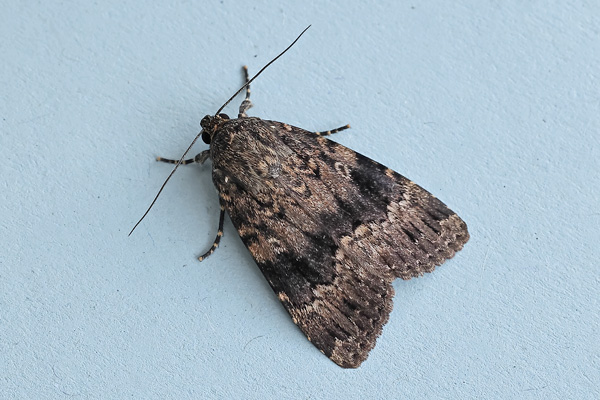Copper Underwing (Amphipyra pyramidea) | Species | ||||||||||||||||||||||||||||||||||||||||||||||||||||||||||||||||||||||||||||||||||||||||||||||||||||||||
 Taken at Aston, Oxon., on July 1st 2025. (© David Hastings) (1/200th sec at f/10) DescriptionFamily: Noctuidae (ABH : 73.062) Wing span: 42 - 52mm This species is very similar to Svensson's Copper Underwing. The most reliable way of separating them is by examining the hindwing underside. On the Copper Underwing, the copper colour is limited to the outer third, and often ends abruptly at the dark cross-band. The basal two-thirds is largely straw-coloured. With Svensson's, the copper extends into the basal part of the wing on the trailing edge. There are intermediate forms which can only be reliably identified by dissection of the genitalia. It is well distributed in England and Wales as far north as Yorkshire. It is more local in Cumbria and Northumbria. In Scotland it is found in the south-west and the central belt. It is widespread in Ireland. It is most abundant in woodland, but also occurs in open scrub, hedgerows, parks and gardens. There is one generation from late July to early October. It over-winters as an egg. Larvae feed on hawthorns, Blackthorn, Crab-apple, Hazel, Honeysuckle, and a range of other broad-leaved trees and shrubs. It comes readily to tree-sap, sugar and wine ropes, and also to light. Earliest UK sighting: 1st July ; Latest UK sighting: 19th September Sightings
| |||||||||||||||||||||||||||||||||||||||||||||||||||||||||||||||||||||||||||||||||||||||||||||||||||||||||

